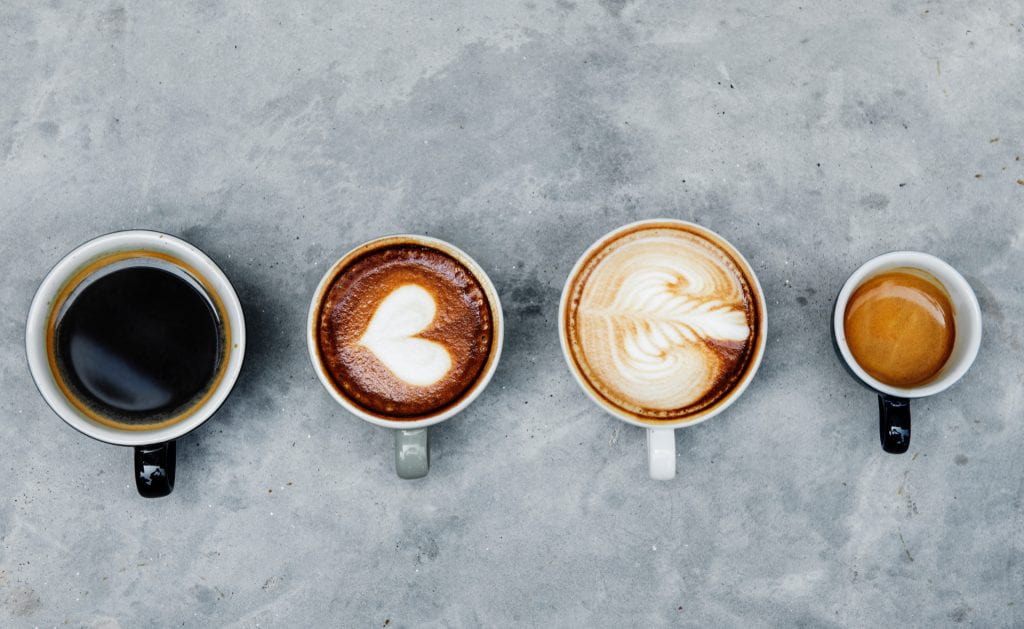
Caffeine Tolerance: Why two cups of coffee is never enough
By Natasha Damara Suriani, Class of 2022.
When was the last time you went twenty-four hours without coffee?
Judging by the fact that you’ve clicked on this article, I would wager you, or a close friend of yours, are a regular coffee drinker.

Caffeine, Caffeine, Caffeine
Aside from the lovely taste of a morning latte, many of us consume coffee for its stimulating properties—the start-your-day, pick-me-up qualities that can be traced back to the effects of caffeine.
Caffeine is a chemical that travels to and acts in your brain. In essence, caffeine outcompetes a molecule called adenosine, which is responsible for the feeling of drowsiness. The more caffeine in your system, the better you’re able to combat the effects of adenosine in your brain.
At least, up to a certain point.
Caffeine Tolerance
When coffee is regularly consumed, and particularly at high volumes, the effects of caffeine diminish over time. This is what is called caffeine tolerance.
On a molecular level, this occurs because the brain adapts; to the high dose of caffeine by producing more adenosine receptors, which in turn increases the likelihood of adenosine exerting its effects.
Studies show that the average adult can develop caffeine dependence in as little as three days of coffee consumption, and doses as low as 100mg of caffeine per day (which rounds up to 2 cups of coffee, for those counting).
What happens if you try to cut coffee? In short, you start to feel withdrawal symptoms. This ranges from sleepiness, headaches, to impairments in psychomotor and cognitive tasks;, such as lack of concentration. Withdrawal can also come with feelings of anxiety, irritability, and confusion.
Hitting the Ceiling: How much caffeine is too much?
Sometimes, we can’t help it. There’s another deadline, another meeting, and we need the boost. How much help is that third cup of coffee?
There’s good and bad news: on the bright side, consuming more caffeine than you usually do has been shown to overcome tolerance, at least in the short term. The bad news is that caffeine isn’t always safe to consume, especially not in high doses.
In an ideal world, overcoming tolerance would come from reducing your daily coffee intake and allowing your brain to figuratively ‘reset’.
Studies about caffeine toxicity are mixed. Some researchers have suggested that healthy adults can safely consume up to 400mg of caffeine; (six cups of coffee, give or take), but this same number has been reported as low as 200mg of caffeine as well.
It’s also important to remember that caffeine doesn’t just come from coffee. Other sources of caffeine include energy drinks, green tea, some soft drinks, and even dark chocolate.
A word of warning
Overall, the same principles apply: go over your daily dose of caffeine, and feel awake and energised. Sustain this high dose, and you lose the benefits of caffeine over time.
It has even been argued in the past that to the caffeine-dependent, caffeine no longer gives you an extra kick to wake up—instead, it only nullifies the drowsiness that your body has now adapted to.
As they say, too much of a good thing can turn it bad. In terms of caffeine, the lesson here is: better in moderation.
Categories